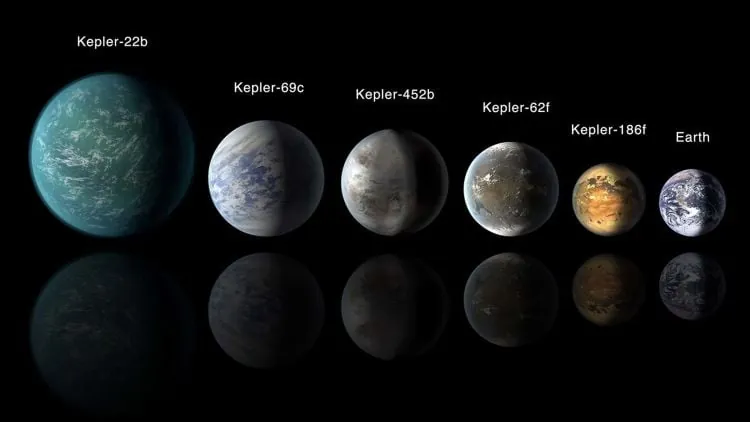
Unlocking the Secrets of Exoplanets: How Ozone Could Reveal Life Beyond Earth!
2025-08-31
Author: Benjamin
The Quest for Biosignatures in Alien Atmospheres
Could the interplay between oxygen (O2) and ozone (O3) in the atmospheres of exoplanets be the key to discovering signs of life? A groundbreaking study recently submitted to Astronomy & Astrophysics delves into this exciting question. An international team of researchers is pioneering innovative techniques to identify and analyze atmospheres on Earth-like exoplanets, potentially revolutionizing our understanding of extraterrestrial life.
The O2-O3 Connection
This research focuses on the nonlinear relationship between O2 and O3, suggesting that O3 could serve as an indirect indicator of O2 levels. Simply put, lower O2 corresponds with lower O3, and the reverse holds true. The researchers employed diverse climate models factoring in various types of stars, ranging from massive O-type stars to cooler M-type stars, replicating conditions across the universe. Interestingly, our Sun is classified as a G2V star.
A Series of Discoveries
This study is the third installment in a series by the same research team aimed at using O3 to track O2 in atmospheres resembling Earth's. The first two papers laid the groundwork: one analyzed the fundamental O2-O3 relationship, while the second explored how nitrous oxide (N2O) affects this bond. The latest paper dives into the role of methane (CH4) in shaping the O2-O3 dynamic.
The Impact of Methane and Stellar Types
The findings reveal that varying levels of CH4 significantly influence the O2-O3 relationship, closely tied to the temperature of the host star. For instance, scenarios with high CH4 and O2 orbiting hotter stars can lead to the transformation of CH4 into water vapor (H2O), ultimately altering the atmospheric temperatures and affecting O3 concentrations. This complexity underscores the need to consider both CH4 and N2O when using O3 measurements to infer O2 levels.
Where Are the Earth-Like Exoplanets?
Among nearly 6,000 confirmed exoplanets, several exhibit Earth-like characteristics, such as Kepler-186f, Kepler-1649c, and TRAPPIST-1e, situated around 580, 301, and a mere 40 light-years away from us, respectively. Notably, both Kepler-186f and Kepler-1649c have slightly greater masses and radii than Earth, while TRAPPIST-1e boasts a mass and radius of about 0.69 and 0.92 times that of Earth.
The Fascinating Role of M-Type Stars
Curiously, these exoplanets orbit M-type stars, which are smaller and cooler than our Sun, challenging previous assumptions about where to find Earth-like worlds. Even though G-type stars have lifespans of about 10 billion years, M-type stars can live for hundreds of billions to trillions of years, increasing the chances for life to develop on orbiting exoplanets.
Looking Ahead: The Future of Exoplanet Research
As researchers strive to utilize O3 as a tool for identifying O2 in alien atmospheres, the upcoming years promise thrilling advancements. Will we uncover the secrets of life beyond Earth? Only time will reveal the answers in this exhilarating journey of discovery.
Stay Curious!
As always, keep asking questions and gazing at the stars!









 Brasil (PT)
Brasil (PT)
 Canada (EN)
Canada (EN)
 Chile (ES)
Chile (ES)
 Česko (CS)
Česko (CS)
 대한민국 (KO)
대한민국 (KO)
 España (ES)
España (ES)
 France (FR)
France (FR)
 Hong Kong (EN)
Hong Kong (EN)
 Italia (IT)
Italia (IT)
 日本 (JA)
日本 (JA)
 Magyarország (HU)
Magyarország (HU)
 Norge (NO)
Norge (NO)
 Polska (PL)
Polska (PL)
 Schweiz (DE)
Schweiz (DE)
 Singapore (EN)
Singapore (EN)
 Sverige (SV)
Sverige (SV)
 Suomi (FI)
Suomi (FI)
 Türkiye (TR)
Türkiye (TR)
 الإمارات العربية المتحدة (AR)
الإمارات العربية المتحدة (AR)